RGM Celebrates its 20th Anniversary, 1992-2012 To commemorate our 20th anniversary, we are excited to announce Caliber "20", our third in-house American-made movement at the GTE in Geneva Switzerland. "Caliber 20" is our first with a Motor Barrel. Top grade American railroad watches from the past had a "Motor Barrel", models like the Illinois Bunn Special, Hamilton 950, and others from great American watch brands. The "Motor Barrel" is a American invention and was used only on the highest grade models. The benefit of the design is that it reduces friction and wear in the mainspring barrel bearing surfaces, thus transmitting power more efficiently. It was a natural choice to incorporate the "Motor Barrel" in our new in house movement. Caliber 20: Functions: Hour / Minute , Second, Moonphase. Caliber: American Made, Manual wind, 22 jewels, 18,000 vph. Main plate and Bridges Made of German Silver, Jeweled Motor Barrel, Train Wheels with Shaped Arms, Circular Cote de Geneve, perlage & Anglage. Also featured at the GTE event this year - RGM's new Model 801 Professional "Aircraft" ,and our New Ladies only RGM.
History in Watchmaking RGM Watch Company was founded in 1992 by American watchmaker Roland G. Murphy; ever since, he as been "making history in watchmaking" here in America. This simple phrase describes much of what takes place at RGM. While continually producing bespoke timepieces, such as the Caliber 801 and the Pennsylvania Tourbillon, RGM has kept the great traditions of fine watchmaking in focus. Modern manufacturing co-exists with antique, hand-operated machinery. Hand-blued screws and hand-polished components are at home among the close tolerances afforded by automated machines. Our goal is to offer not only the finest watches made in the USA, but the finest watches available, and we believe this requires equal efforts to improve current methods while at the same time preserving tradition. The RGM web site enables visitors to become familiar with our company, our products, and our repair and restoration services. Read the interviews, admire the custom-built watches, watch the films, and you will begin to understand why RGM has so many admirers and repeat customers. People who buy an RGM watch often return for another, utilize our repair and restoration services, and tell their friends. RGM Watch Company is located in a small town in Lancaster, Pennsylvania, an area with a rich history of watchmaking in America’s past. The time-honored approach of dealing one-on-one with people is instilled in RGM, and is as much a reflection of where we live as where we work. We take great pride in doing a job the right way while providing great value. RGM is proud of manufacturing watch parts, cases and movements here in the USA. In the 1880's the great age of modernized watchmaking began in America. Today, both history and watchmaking are alive and well at RGM.






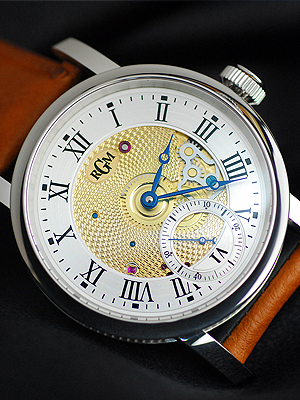
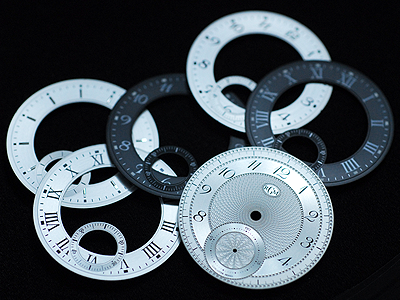
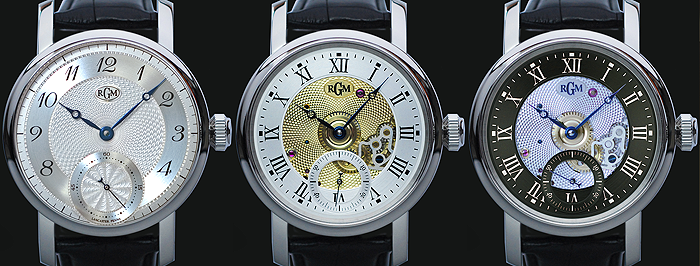




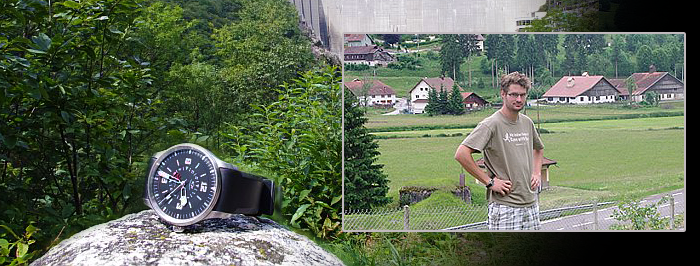




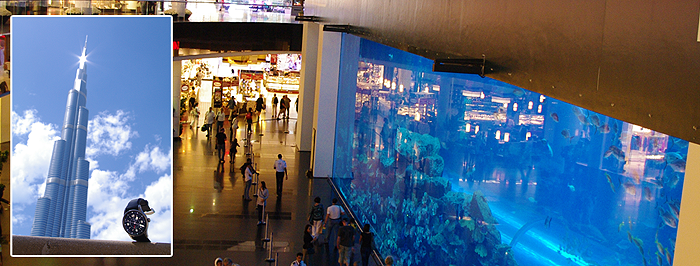

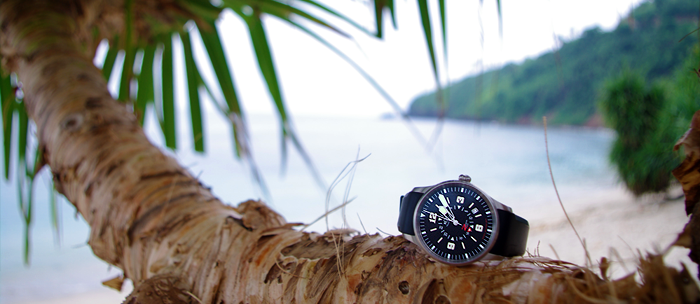

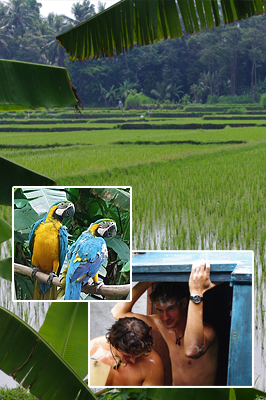


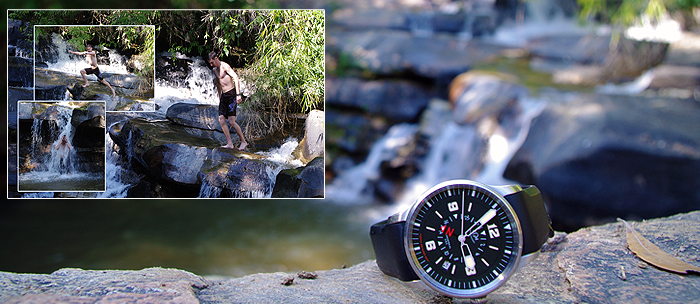

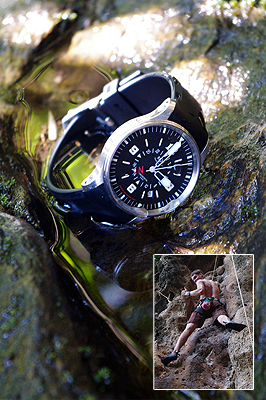



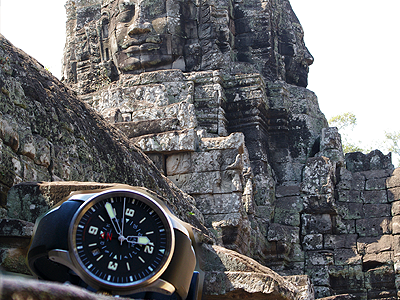


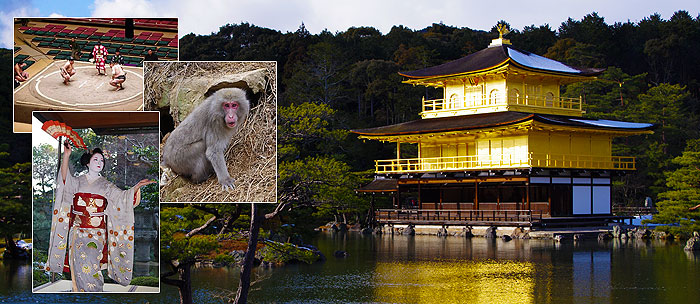
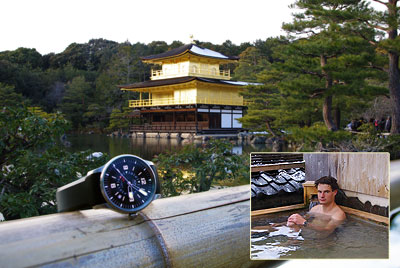




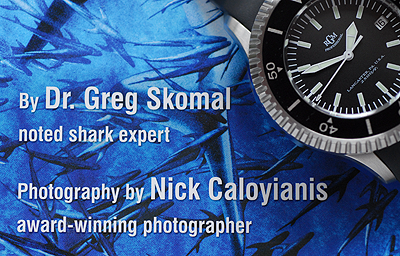




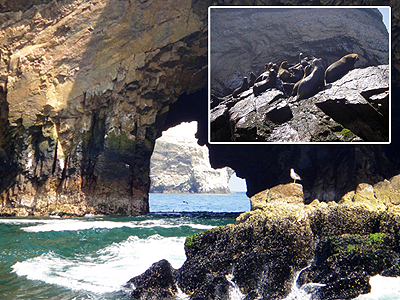

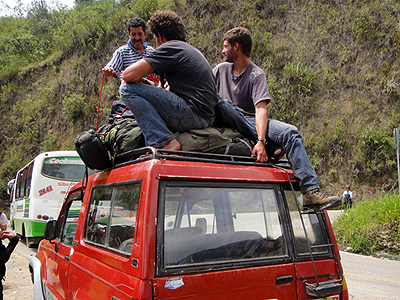


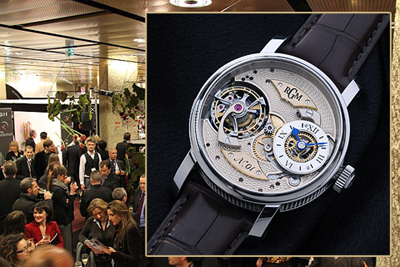



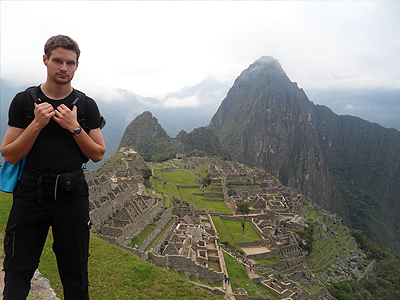


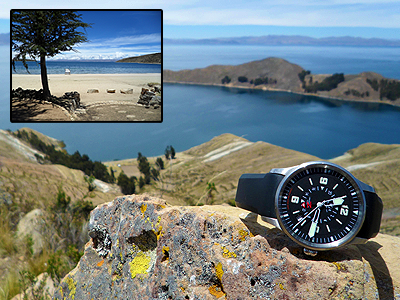



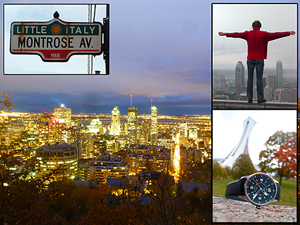
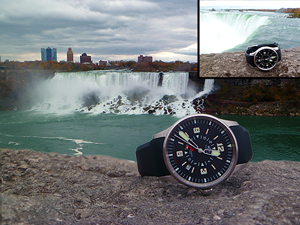



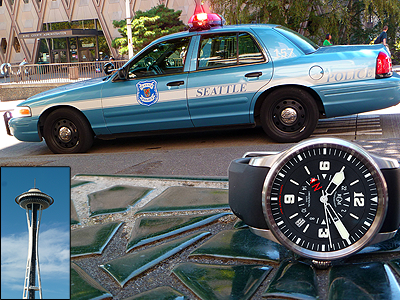


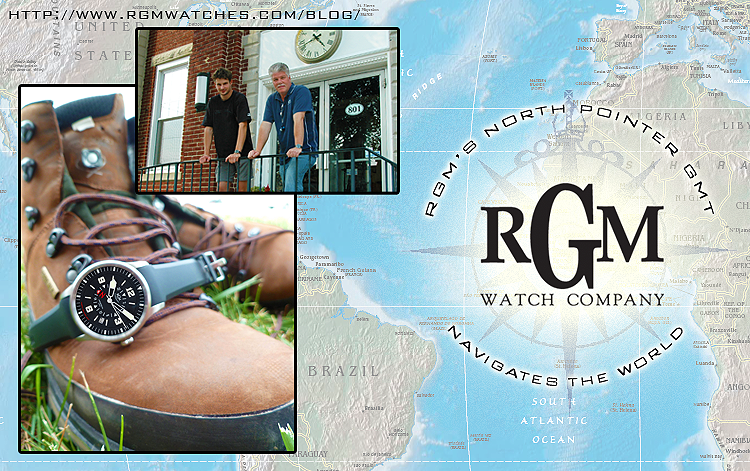
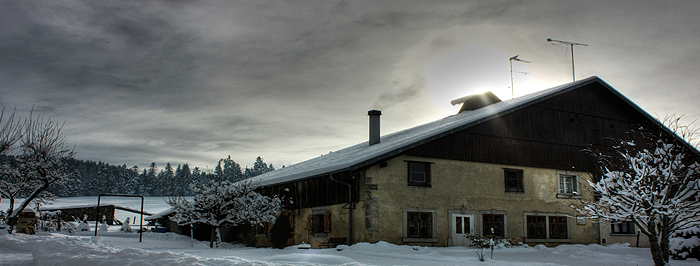


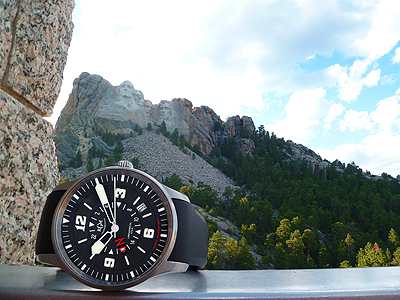


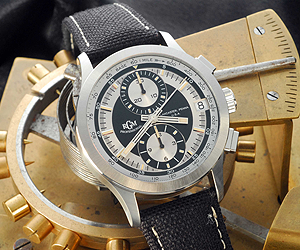


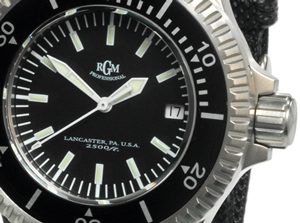
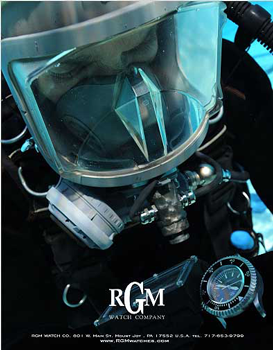


 Here at RGM we are continuing to uphold the finest traditions of American horology by introducing the Pennsylvania Tourbillon, our new flagship mechanical movement made here in Lancaster County Pennsylvania. The new Pennsylvania Tourbillon is signified by the state’s symbol, a keystone, surrounding a capital T, which will adorn watches in the first serially produced American Tourbillon watches ever made. Following on the heels of America’s first high grade mechanical movement in four decades, our RGM Caliber 801, the Pennsylvania Tourbillon represents significant advances in domestic watchmaking. The watch is not only made in the U.S.A., but is created and built in Lancaster County, Pennsylvania – one of the few traditional watchmaking centers of American watchmaking since the 1800s.
Here at RGM we are continuing to uphold the finest traditions of American horology by introducing the Pennsylvania Tourbillon, our new flagship mechanical movement made here in Lancaster County Pennsylvania. The new Pennsylvania Tourbillon is signified by the state’s symbol, a keystone, surrounding a capital T, which will adorn watches in the first serially produced American Tourbillon watches ever made. Following on the heels of America’s first high grade mechanical movement in four decades, our RGM Caliber 801, the Pennsylvania Tourbillon represents significant advances in domestic watchmaking. The watch is not only made in the U.S.A., but is created and built in Lancaster County, Pennsylvania – one of the few traditional watchmaking centers of American watchmaking since the 1800s. The new model will be produced in a small numbered series, both as a standard model and for custom orders. Housed in a 43 mm x 12 mm case of either steelor 18k gold, the movement is a symphony of layers, showcasing many of the great elements of traditional watchmaking typical of RGM. Finely polished components share space with brushed elements and perlage. Wheel cocks borrow their shape from the RGM 801 and from classic American movements of yesteryear. The spokes of the wheels continue this theme. A 7-tooth click and winding wheels with wolf’s teeth are immersed in plates with subtle striped damaskeening. The movement is made of the finest quality traditional watchmaking materials such as German Silver, Gold, Silver, and Black Polished Steel.> All of these elements are juxtaposed among that which may be the most surprising of all: the label U.S.A. Never before has an American watchmaker introduced a series of Tourbillon wristwatches based upon a proprietary caliber. To do so, and to create them domestically, is an historic accomplishment.
The new model will be produced in a small numbered series, both as a standard model and for custom orders. Housed in a 43 mm x 12 mm case of either steelor 18k gold, the movement is a symphony of layers, showcasing many of the great elements of traditional watchmaking typical of RGM. Finely polished components share space with brushed elements and perlage. Wheel cocks borrow their shape from the RGM 801 and from classic American movements of yesteryear. The spokes of the wheels continue this theme. A 7-tooth click and winding wheels with wolf’s teeth are immersed in plates with subtle striped damaskeening. The movement is made of the finest quality traditional watchmaking materials such as German Silver, Gold, Silver, and Black Polished Steel.> All of these elements are juxtaposed among that which may be the most surprising of all: the label U.S.A. Never before has an American watchmaker introduced a series of Tourbillon wristwatches based upon a proprietary caliber. To do so, and to create them domestically, is an historic accomplishment. Additional remarkable features of this watch include hand-applied decoration such as guilloché (done on our antique rose engines), an inset hour and minute dial whose placement nicely balances the exposed Tourbillon, and a small curved sapphire window on the side of the case to allow a third view of the miniature ‘whirlwind’, the Pennsylvania Tourbillon’s cage, which is this model’s namesake.
Additional remarkable features of this watch include hand-applied decoration such as guilloché (done on our antique rose engines), an inset hour and minute dial whose placement nicely balances the exposed Tourbillon, and a small curved sapphire window on the side of the case to allow a third view of the miniature ‘whirlwind’, the Pennsylvania Tourbillon’s cage, which is this model’s namesake.